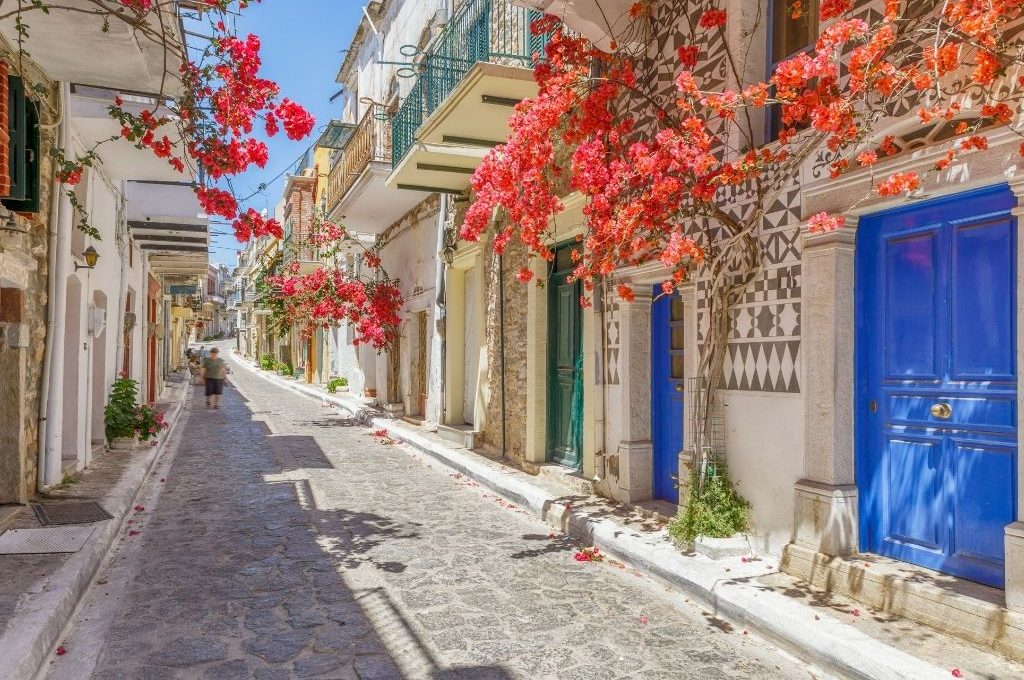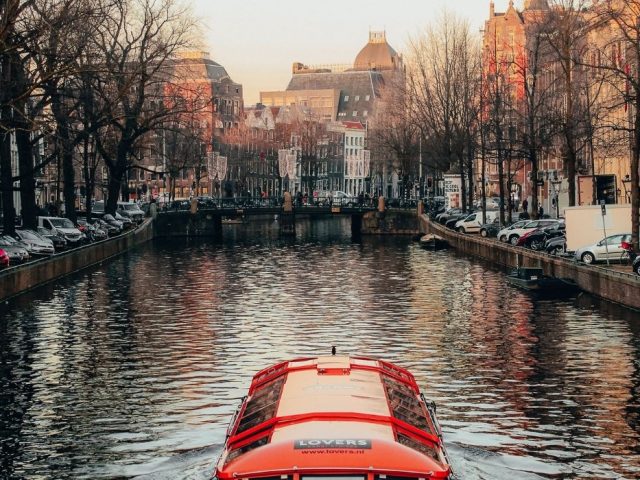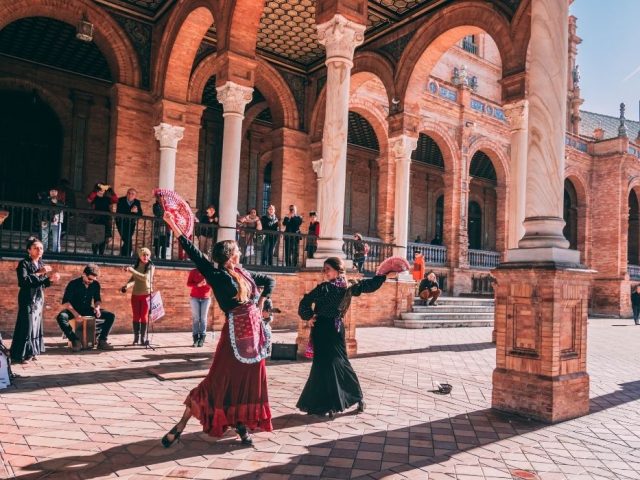Don’t be fooled by the fact that Chios Island is small; it is an extremely unique and rich island both in terms of its history and its features. Throughout history, it has hosted many civilizations and accumulated many stories. The island has also been the homeland of mastic gum for a very long time and is one of the rare places where it grows. The distribution of mastic gum to the world is managed from here, and the price of mastic gum in the world market is determined here thanks to the island’s mastic cooperative. We don’t call it the mastic-scented island for nothing. Additionally, with its crystal-clear seas and structures listed in the UNESCO World Cultural Heritage, the island offers visitors a rich holiday experience.
How to get to Chios Island, which flavors to taste, what places to visit; all in this guide! Let us remind you before we start our article: To explore Zurich step by step with your digital tour guide, don’t forget to download Piri Guide!
Where is Chios Island
Chios Island is located quite close to Turkey’s western coast. Situated directly across from the Çeşme district of İzmir, this island is only 7 kilometers away from Turkey. Geographically, it is located in the Northern Aegean Sea and is about 200 kilometers away from the mainland of Greece.
How to Go to Chios Island?
The easiest way to get to Chios Island is via Çeşme. You can easily reach the island with ferries departing from Ulusoy Çeşme Port. There are multiple companies operating ferries to the island. The journey takes between 20 and 40 minutes. Especially during peak periods, the number of trips increases. However, peak period also means crowds. Therefore, it is sensible to arrive at the port 1.5 hours before the ferry departs. The island is also one of the islands included in the visa-on-arrival program, so you almost don’t have to worry about whether you will get a visa.
Another way to get to the island is from Athens’ Piraeus port. Ferries operate 365 days a year, three times a week, and the journey takes about nine hours.
What to Eat in Chios Island?
One of the island’s most famous foods, Mastello cheese, is made by local producers and is frequently used in salads and meze plates. If you like pasta, the local pastas named Kordelia or Valanes are definitely worth trying.
When it comes to desserts, Chios Island is a true paradise. Malathropita and Neratzopita are just two of the island’s unique desserts. Malathropita is a type of spicy cake, while Neratzopita is an orange-flavored dessert. Especially Sfougato, the island’s famous omelet, can be enjoyed at breakfast or as a light lunch.
In addition to the food, Mastiha and Souma are also worth trying on Chios Island. Mastiha is a resinous drink obtained from the mastic tree, known for its unique aroma. Souma is a traditional drink made from grapes or figs, ideal for enjoyable evenings.
Chios Island in Mythology
Chios Island has found its place in Greek mythology as well. Although the stories and legends have been divided over the years, the island’s history is linked to multiple mythological tales. There are many legends about the island’s name, the most well-known being that its Greek name (Chios) comes from Chios, the son of Poseidon and a local nymph.
Another well-known story is that according to ancient Greek mythology, the first king of Chios Island was Inopion, the grandson of King Minos of Crete and the son of the god Dionysus and Ariadne. According to one belief, Inopion was the one who taught the islanders how to make wine. According to another legend, Chios Island is the birthplace of the famous lyric poet Homer. There is even a rock called Daskalopetra in the village of Vrontados, where Homer is said to have taught his poems.
Chios Island Travel Guide
Chios Center
If you are arriving by ferry, the first place you will step into is Chios Center. This is also the island’s central area. Along the port, you will be greeted by rows of cafes, tavernas, and shops. Especially in the summer months, it is crowded at all hours of the day, and the island’s life generally flows here. You can also visit the Chios Bazaar, which is close to Chios Center. However, be warned in advance that the bazaar is closed on Sundays. Additionally, the Byzantine-era Chios Castle and the Chios Archaeological Museum, which are also near the center, are among the must-see places.
Citrus Museum
The Citrus Museum, located in the Kambos region of the island, is one of the region’s gems. Citrus is already a very important topic for the region. The region’s citrus fruits, especially mandarins, are very famous, and they have been the livelihood of the region’s inhabitants for many years. The Citrus Museum offers an understanding of local citrus varieties and production. There is also a café in its garden filled with orange, lemon, and mandarin trees. Don’t forget to take your break there.
Pyrgi
Pyrgi is undoubtedly one of the most enchanting villages on the island. Pyrgi is often referred to as the “painted village” because of the detailed decorative motifs on the facades of its buildings. One place in Pyrgi that you must see is the Church of Agioi Apostoloi. Dating back to the 14th century, this exceptionally well-preserved Byzantine monument is a replica of the Nea Moni Katholikon. Additionally, if you have ample time to spend on the island, we recommend staying in this village for 1-2 nights. Staying in historic houses is very enjoyable, and in the evenings, the square filled with small trees is bustling with the village’s locals, offering a beautiful glimpse of island life.
Mesta
Like the small village of Pyrgi, Mesta is located in the area known as Mastihochoria (Mastic Villages). Mesta used to be a major mastic producer and its inhabitants were said to be wealthy, as can be seen from the beautiful mansions still standing today. Now, it is the best-preserved medieval village on Chios Island. The houses are built closely together to form a wall, which was intended to protect the village from pirate attacks in the past.
A small note: generally, the Mastichoria Region is among the must-see places. The beauties of the island’s mastic are hidden in this region. The area also has a mastic museum. If you are curious, we recommend visiting it.
Nea Moni Monastery
The Nea Moni Monastery is one of Greece’s oldest monasteries. Dating back to the 11th century, the monastery was built by Byzantine Emperor Constantine IX Monomachos and his wife Empress Zoe. The monastery is also one of the UNESCO-protected cultural heritages on the island. Dedicated to the Virgin Mary, the monastery is adorned with golden mosaics and frescoes, making it one of the most beautiful monasteries in the Aegean.
f you’re planning to visit more islands this summer, you might also be interested in our travel guide to Lesbos.




